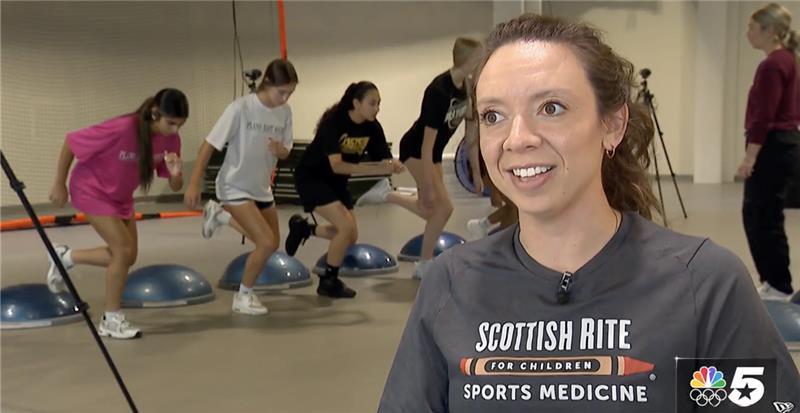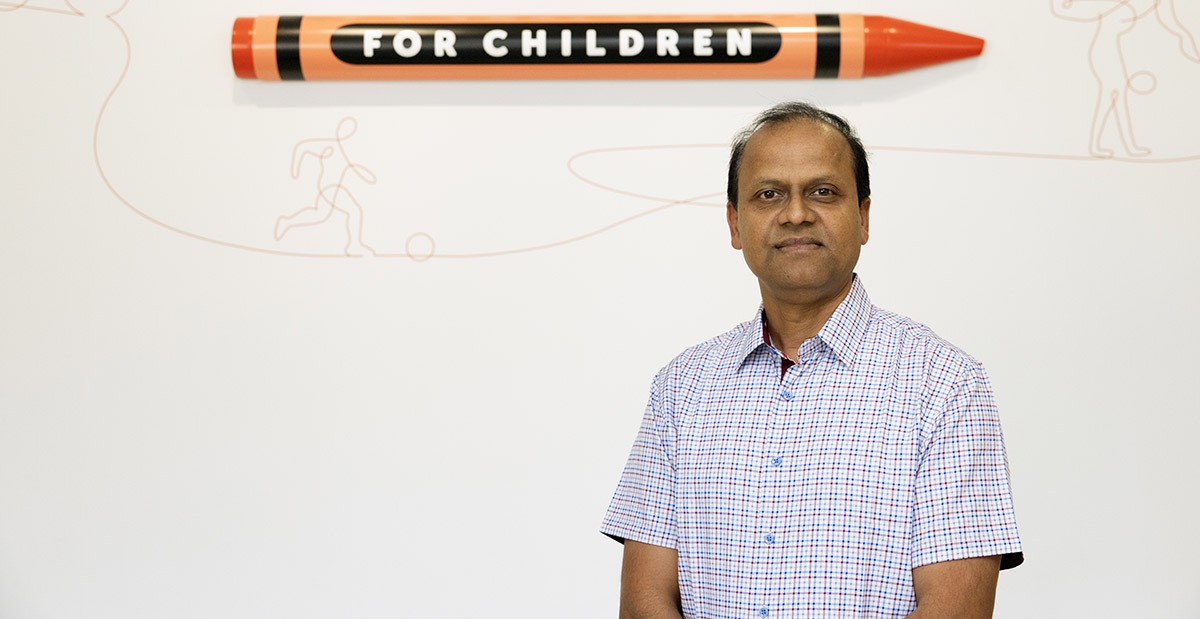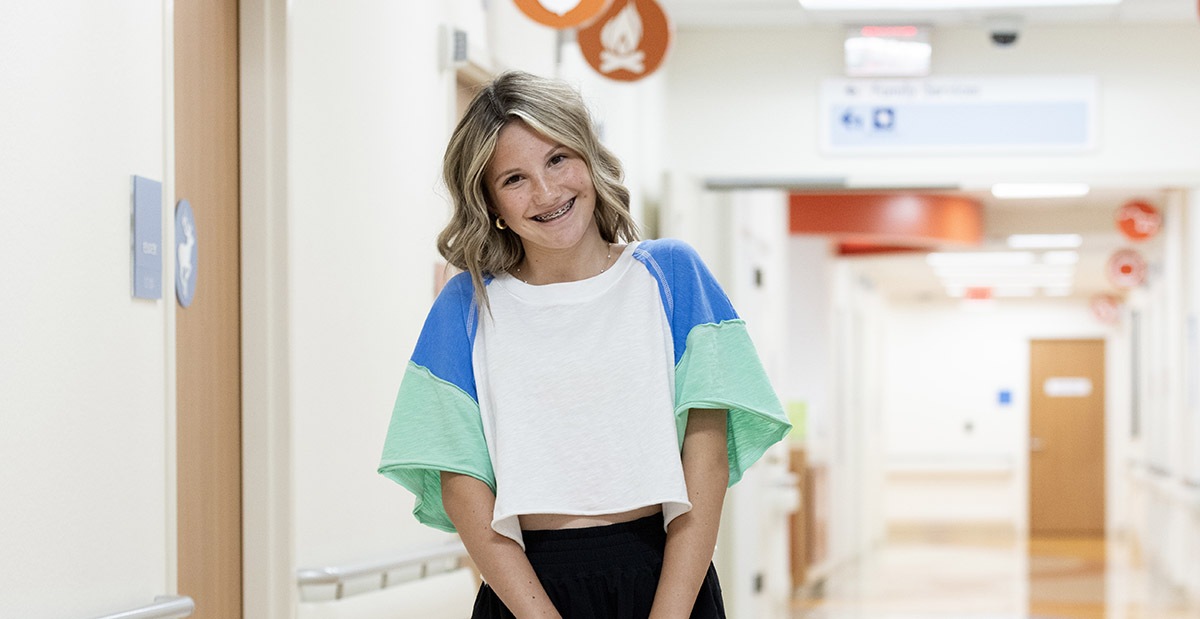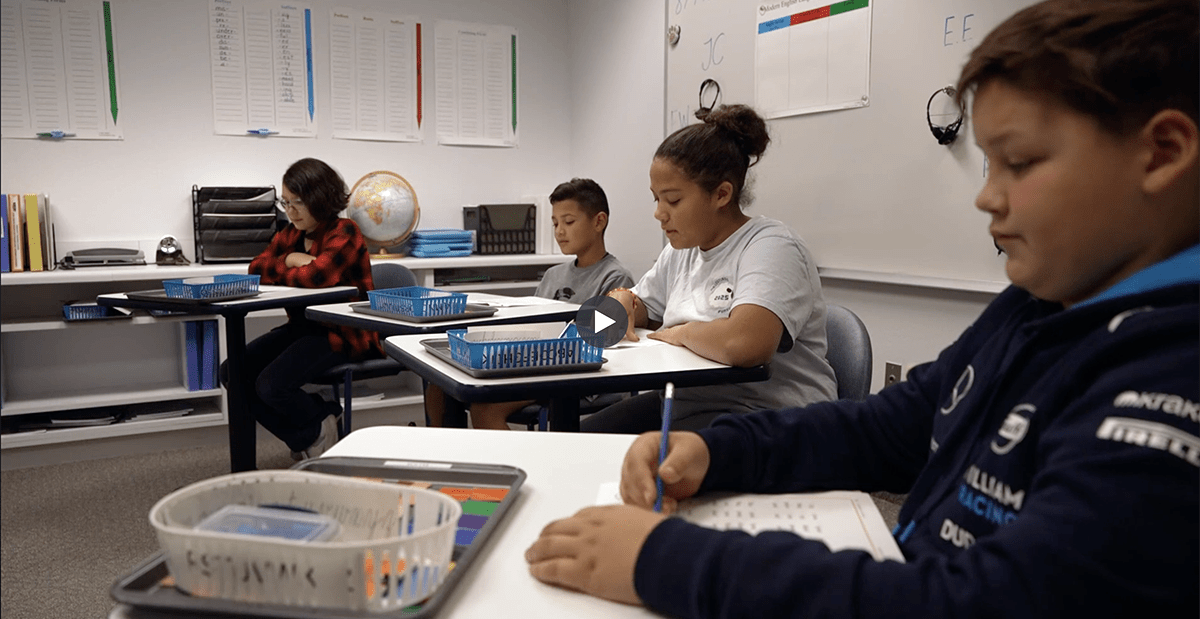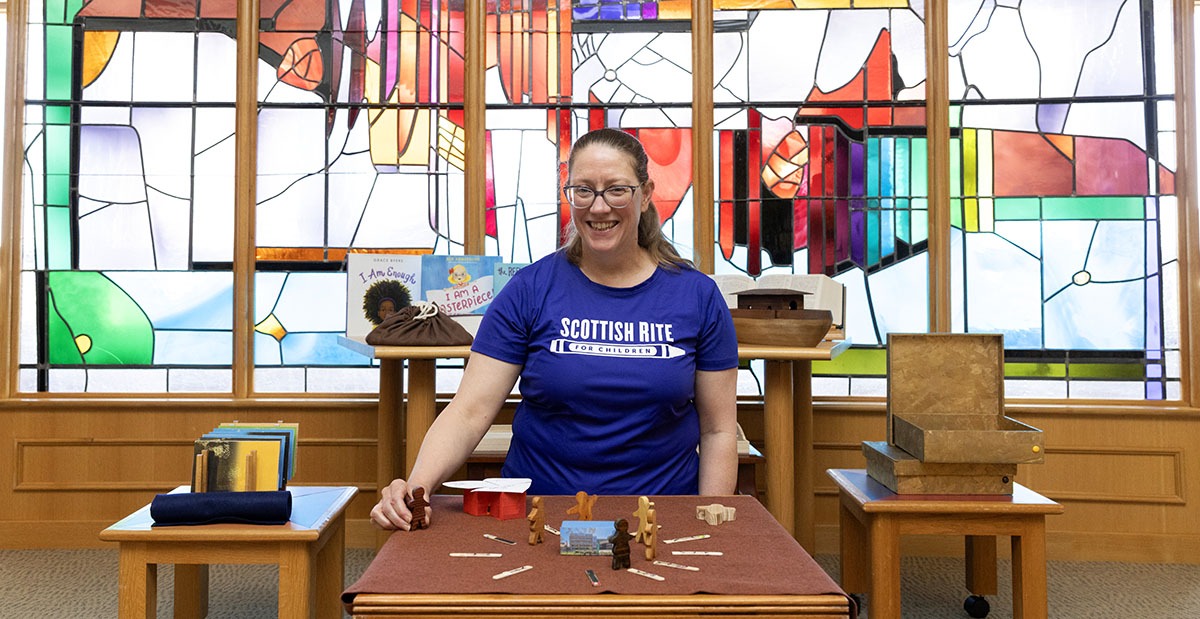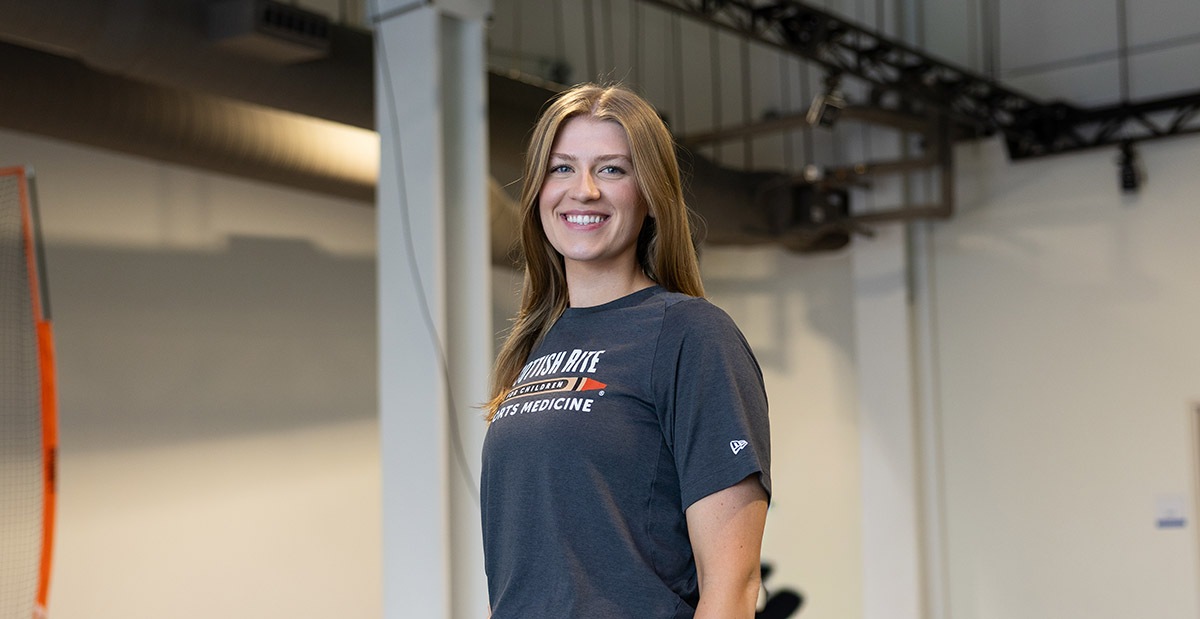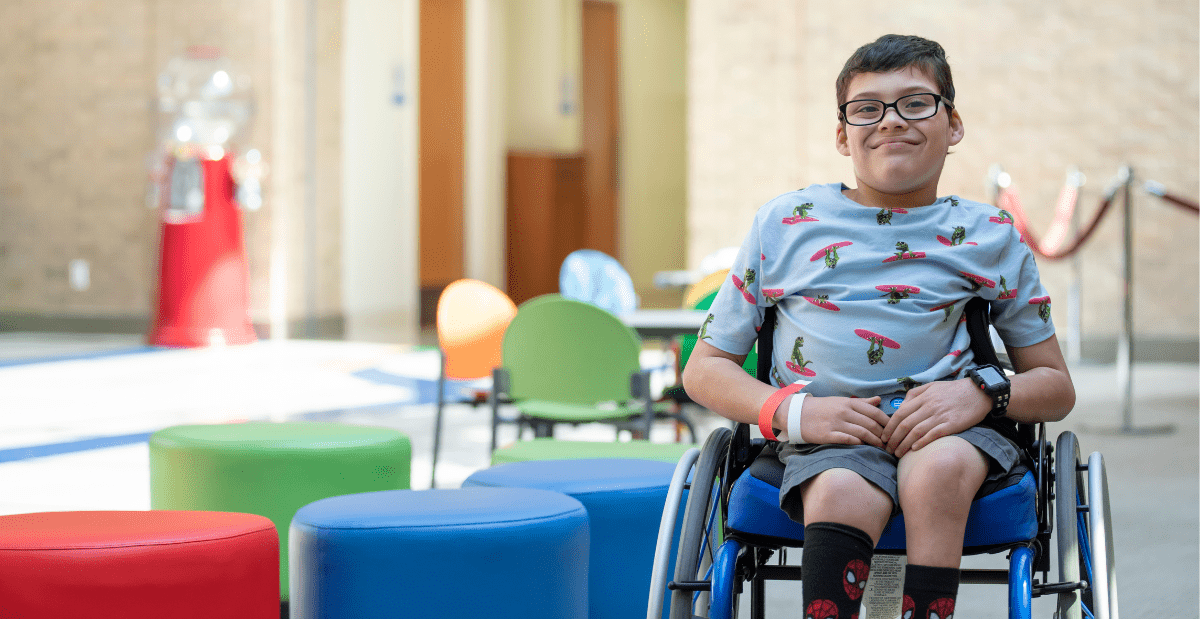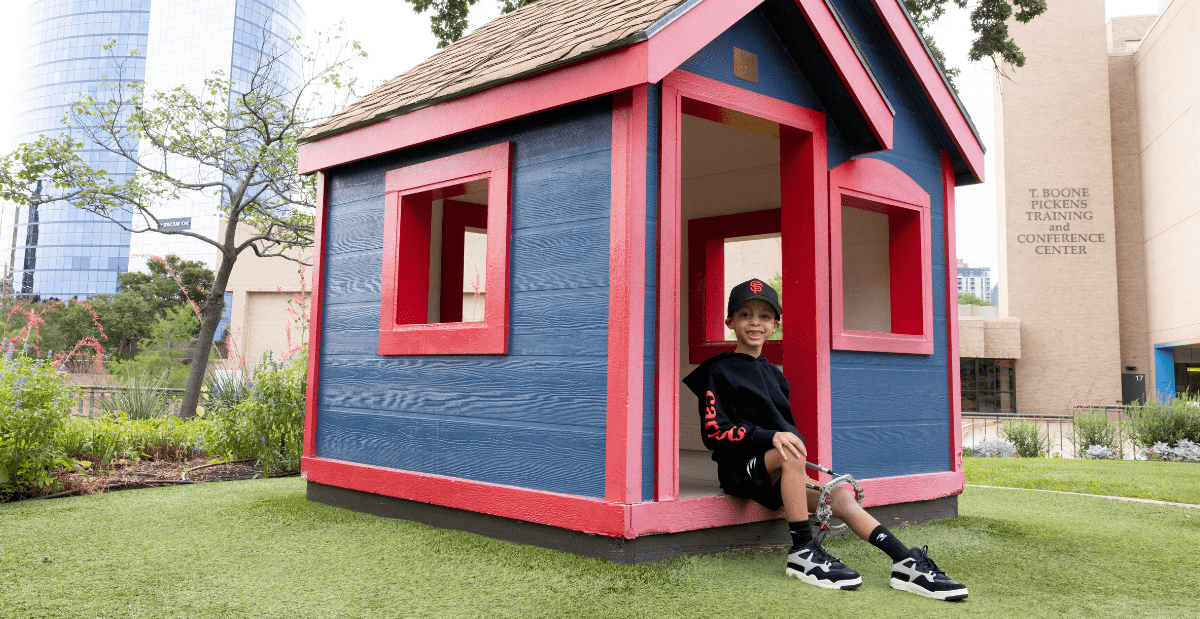If you notice your child’s legs curve outward at the knees or that the knees touch but the ankles are apart, your first reaction might be to worry. The good news is that knock knees and bowlegs are rarely a cause for concern, and most children with these conditions require no treatment. However, in rare cases, knock knees and bowlegs can signal a more serious condition.
What Are Knock Knees and Bowlegs?
When a child’s knees touch while standing up straight with their legs together, it is called knock knees, or genu valgum. This condition is common as a child grows and typically begins between ages 2 and 4. Usually, knock knees resolve on their own by the time the child is 7 or 8 years old.
When a child’s legs curve outward while the feet and ankles are touching, it is called bowlegs, or genu varum. This condition often shows up in younger children, especially infants and toddlers. In many cases, bowlegs go away by age 3 or 4.
Why These Leg Conditions Occur
If you notice that your child has knock knees or bowlegs, it’s important to let your doctor know and have your child evaluated to ensure there isn’t an underlying condition. The earlier a doctor sees your child, the less likely these or any other orthopedic conditions will impact your child’s development.
When children develop knock knees at age 4 or older, the cause might be a different health problem, such as:
-
A healed fracture in growth plates around the knee
-
Being overweight
-
Dysplasia, a condition in which abnormal cells can affect bone growth
-
Tumor in a leg bone that causes the knee to turn inward
In rare cases, bowlegs can occur due to bone diseases, such as Blount’s disease, a growth disorder that leads to leg problems. Other conditions, such as injury or infection, can also affect how bones grow around the knees.
Knock knees and bowlegs can also be caused by rickets, a bone growth condition resulting from a lack of vitamin D or calcium in the diet.
Caring for Your Child’s Legs
If your child has knock knees, your child’s doctor will closely monitor their development and help them grow correctly.
The doctor might recommend seeing an orthopedic surgeon if:
-
Legs don’t straighten on their own
-
The knee on one side turns in more than on the other side
-
Your child has a limp, pain, weakness, or trouble running
Surgical options are available for some older children after age 10 to address these symptoms.
If your child has bowlegs, observation and time may be the only treatments required to correct the issue. Your child may need to see a specialist if the legs are bowed differently, don’t straighten as they should, or if your child experiences discomfort, immobility or weakness. In some cases, bracing or surgery may be recommended to correct leg alignment.
When knock knees or bowlegs happen due to rickets, treatment includes adding vitamin D and calcium to the diet or seeing an endocrinologist if a genetic condition causes the disease.
If you have concerns about your child’s development, schedule an appointment with a lower-limb specialist at Scottish Rite for Children.




